This Week At Angama #25
27 July 2018 | This Week at Angama | Adam Bannister
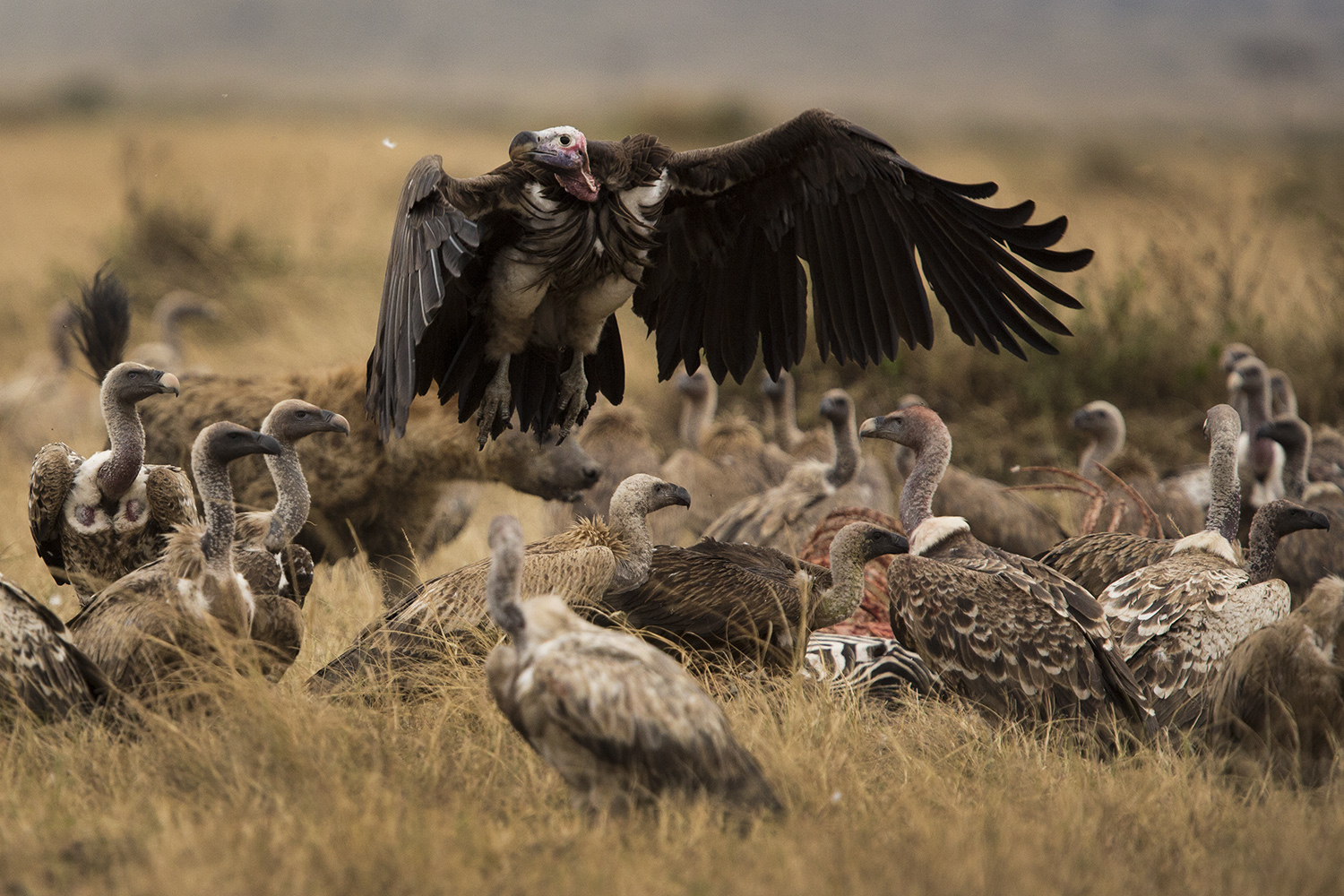
As the migration season arrives back in the Maasai Mara one thing is for certain: wildebeest and zebra will both start to feature more frequently in our weekly photographic tales. However, with this surge of life into the fertile grasslands so comes death. Crocodiles, hyenas, lions and vultures become increasingly prevalent, especially along the riverbanks. The sheer abundance of action and intense life-and-death encounters makes this an exciting and bountiful time for photographers. But attention still needs to be paid to lighting, composition and of course the other characters that bless this magical land. Enjoy This Week At Angama…
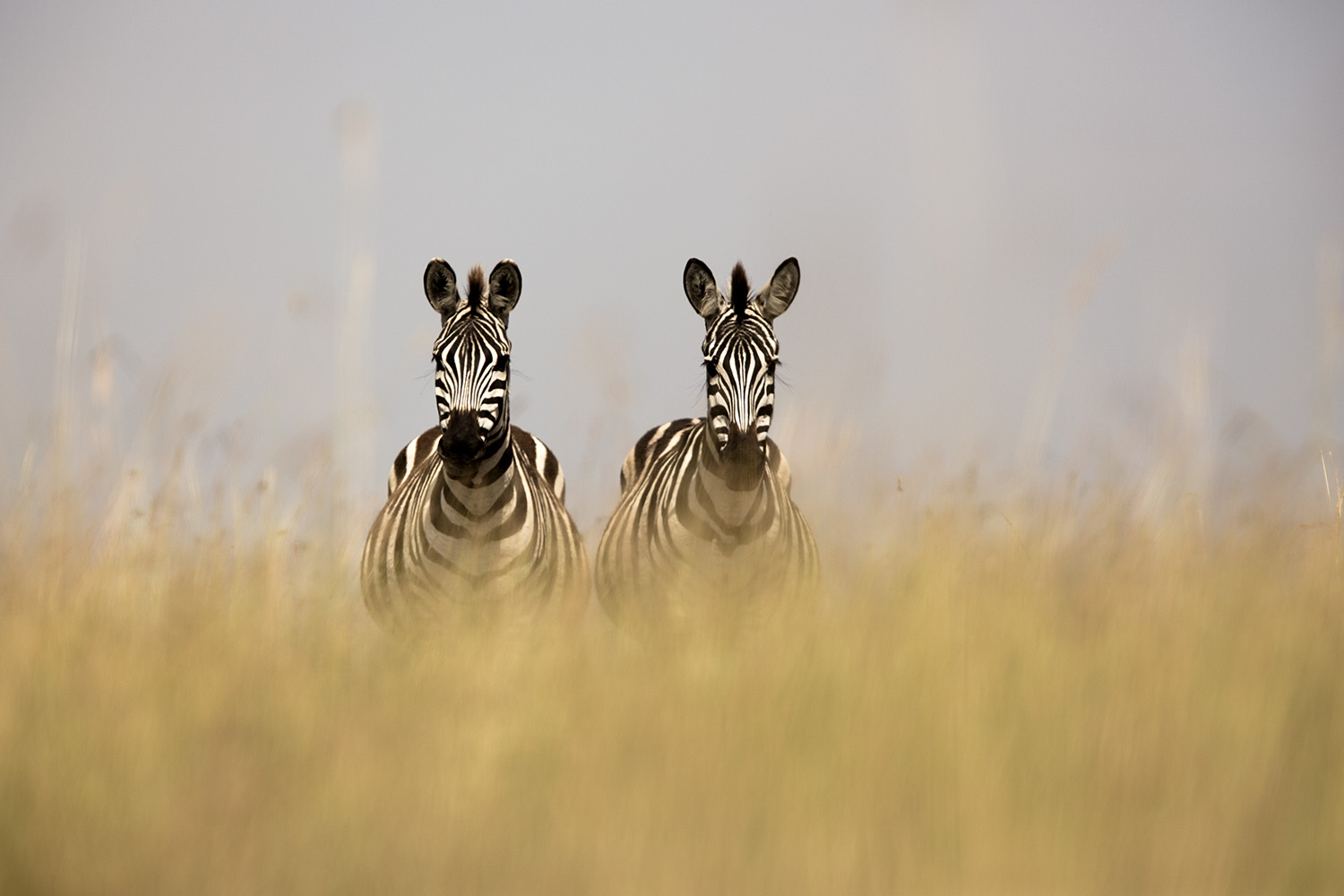
Zebra numbers are swelling by the day. Out of nowhere suddenly thousands of these striped marvels appear from over the horizon. I look forward to the weeks ahead and trying to capture these animals in creative and unusual ways. [f 4.5, 1/3200, ISO 250, +0.33]
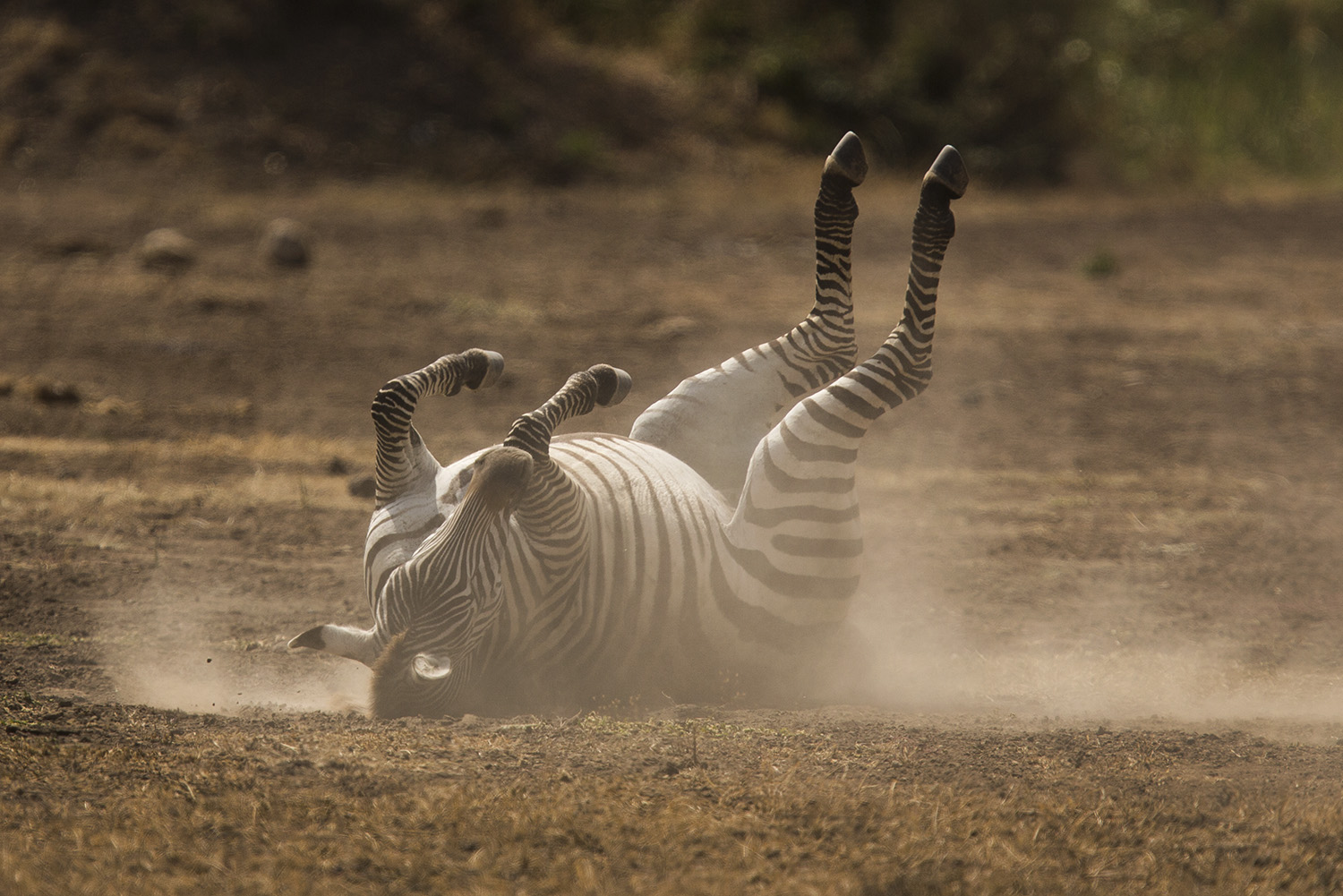
I love going out into the field with an objective as it provides focus and direction. As the landscape continues to dry out so dust becomes an everyday occurrence. You can either see this as a problem or turn it on its head and approach the dust as an opportunity. It often adds drama and movement to images. [f 4.0, 1/4000, ISO 250]
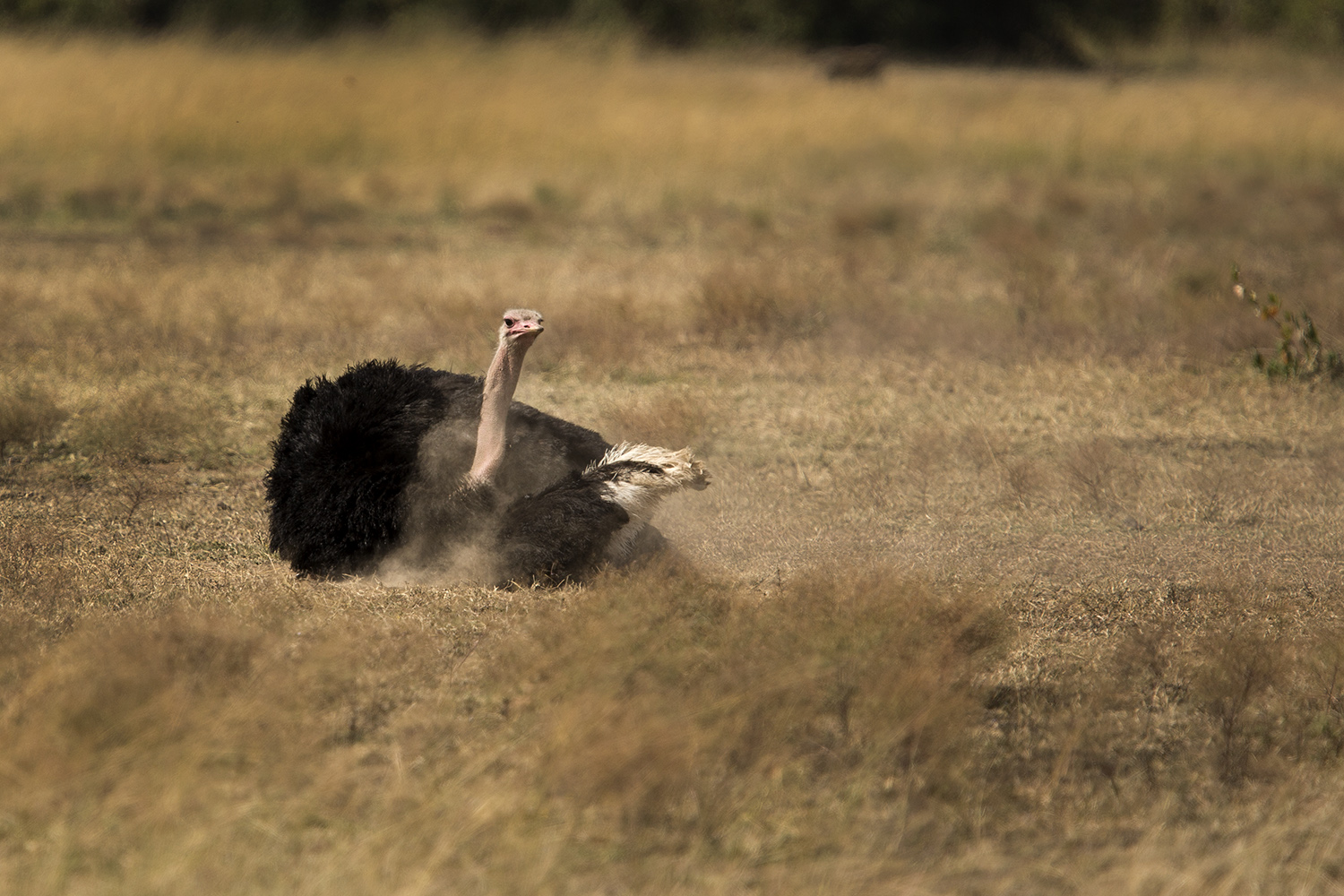
Many animals enjoy a good sand bath and this is a theme I will be pursuing in my photography as the Mara continues to dry out. [f 4.0, 1/1600, ISO 160]
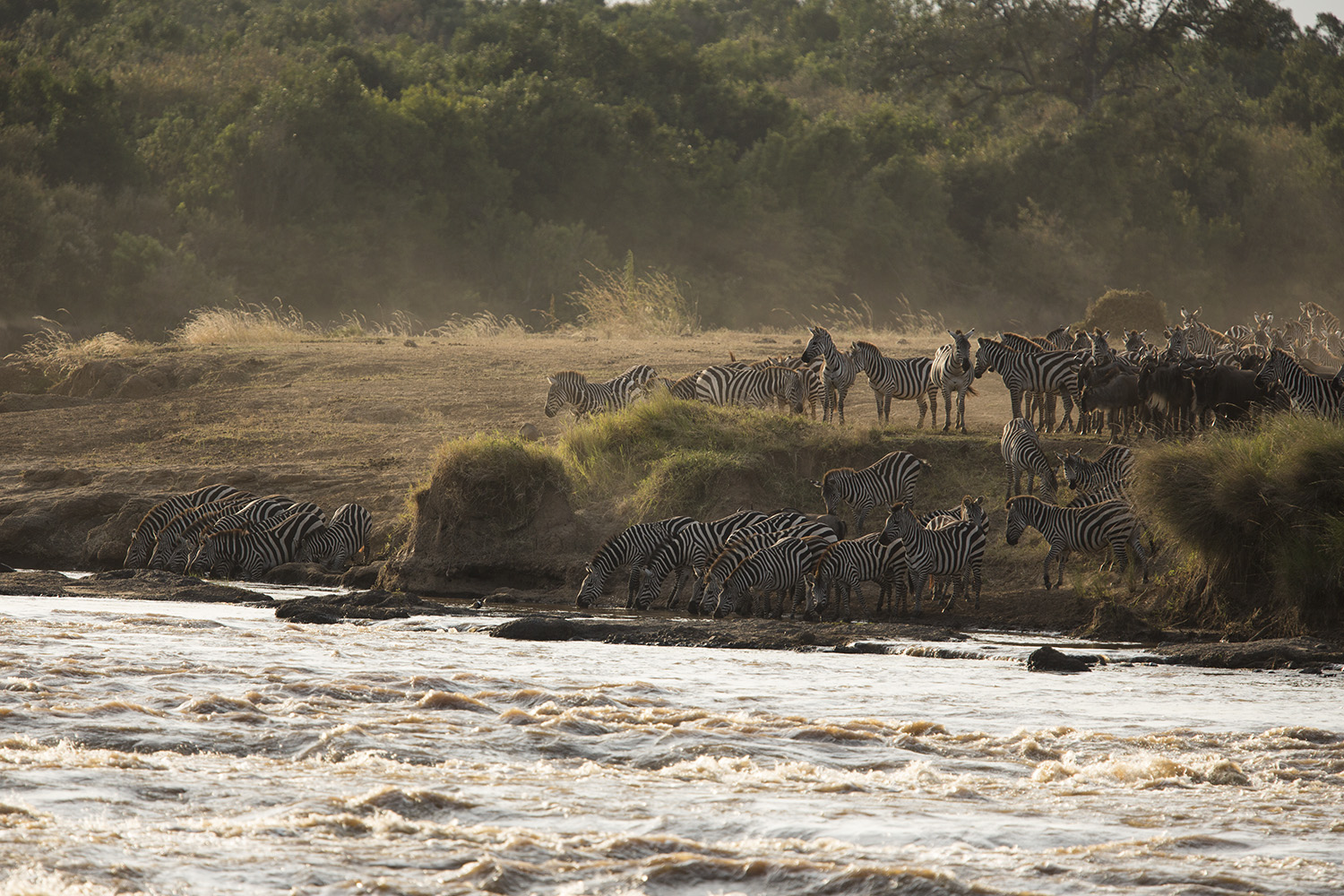
This week I wasn’t fortunate enough to see a crossing, but many of our guests and guides did. I guess I will just have to spend more time out there next week. Do you hear me complaining? [f 4.0, 1/1250, ISO 250, +0.33]

I was out on my own and came across this solitary lioness. It was hot, the lighting was poor and the visibility terrible. I took this as a personal photographic challenge to leave the sighting with something. Of course, we all want lions in golden light and short grass, but nature is nature and sometimes we need to be creative. It may mean you leave the encounter having had a more intimate experience. [f 4.5, 1/2000, ISO 250, +0.67]

In between snacking on zebras and basking in the sun, crocodiles do have fun. [f 4.0, 1/1000, ISO 250, +0.33]
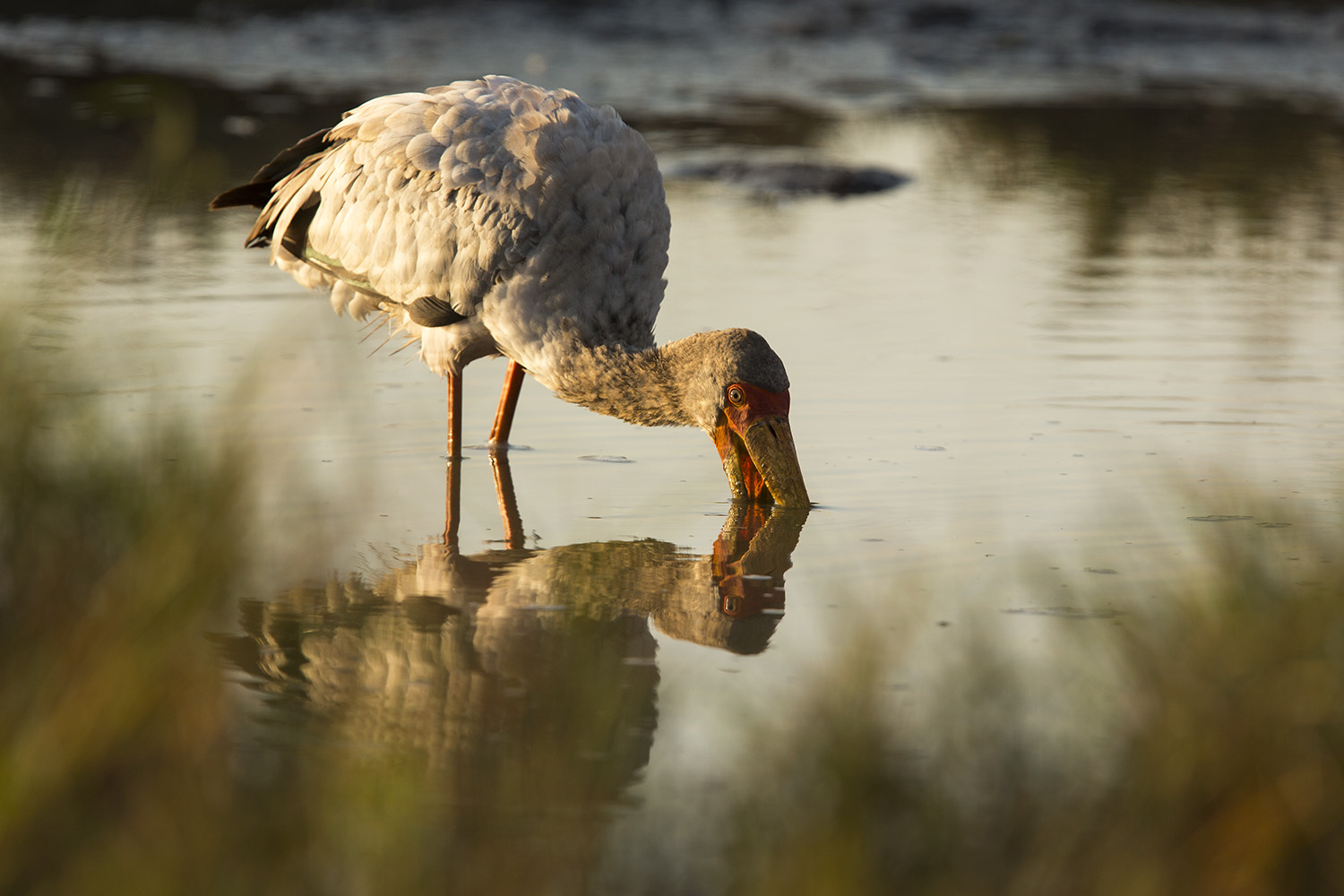
Early morning lighting, pin-sharp focusing and a fantastically low angle all played out in this photograph of a feeding yellow-billed stork. This photograph was all about positioning the vehicle perfectly to capture the natural vignette created by the vegetation and the reflection. [f 5.6, 1/640, ISO 200, +0.33]
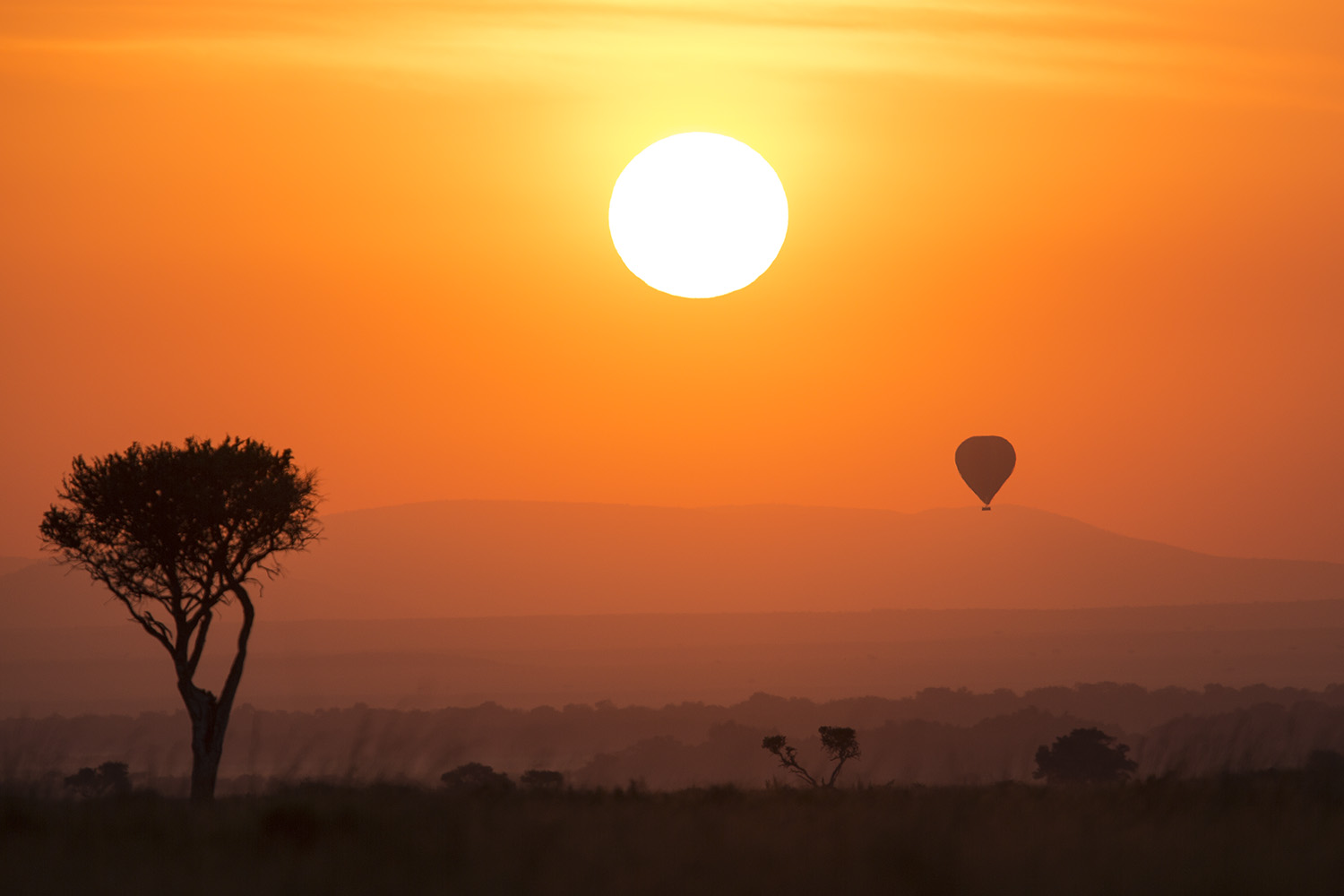
I have photographed this hundreds of times, but there is always another shot… [f 4.0, 1/800, ISO 100]

By closing down the aperture, I achieved a better depth of field in this photo. In retrospect, I should have closed it down even further. [f 11.0, 1/200, ISO 160]

Growing up in South Africa the yellow-billed oxpecker was a rarity as their numbers have plummeted. However, happily here in the Mara the population is extremely healthy. [f 4.0, 1/800, ISO 640]
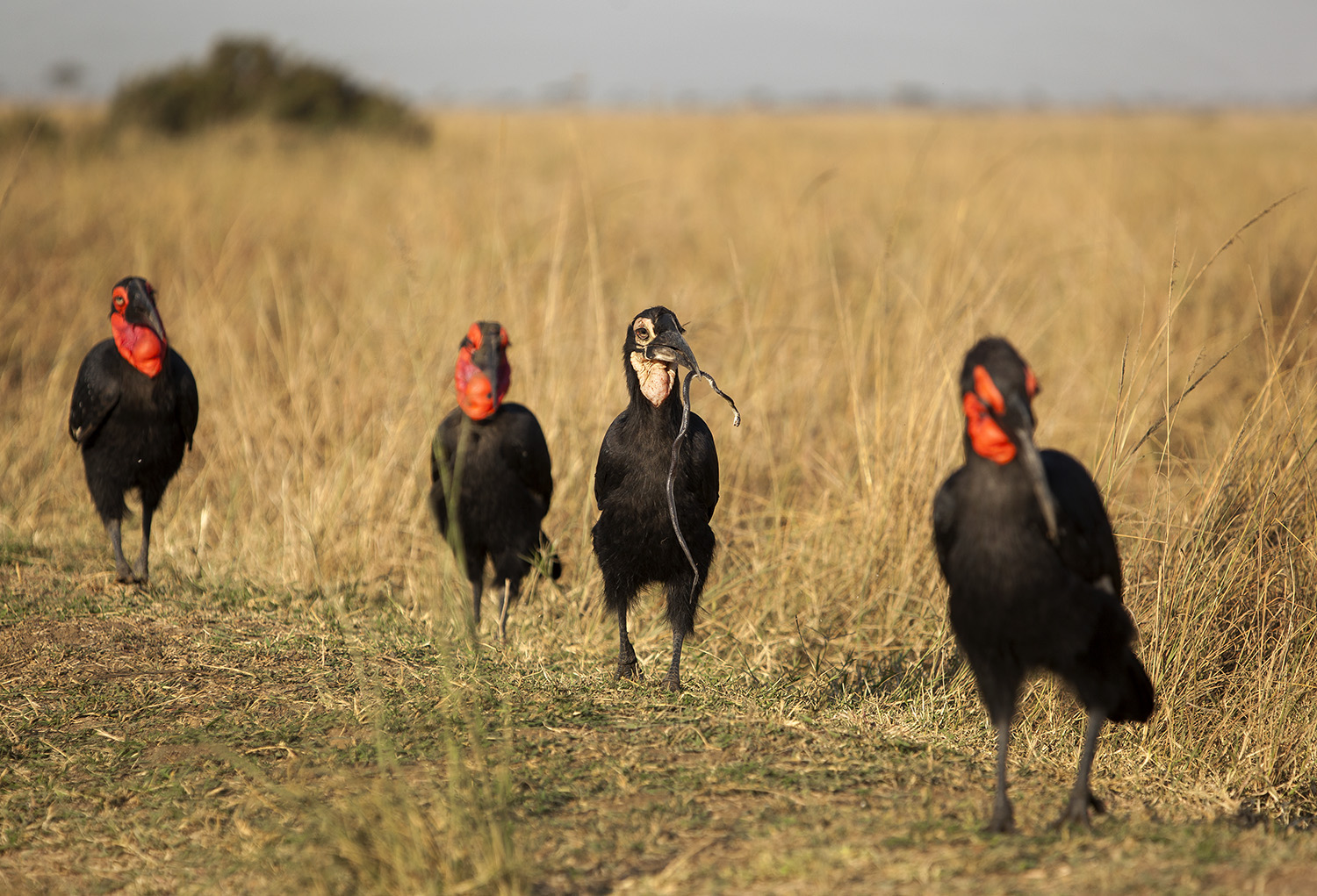
[f 4.0, 1/1600, ISO 250, -0.33]
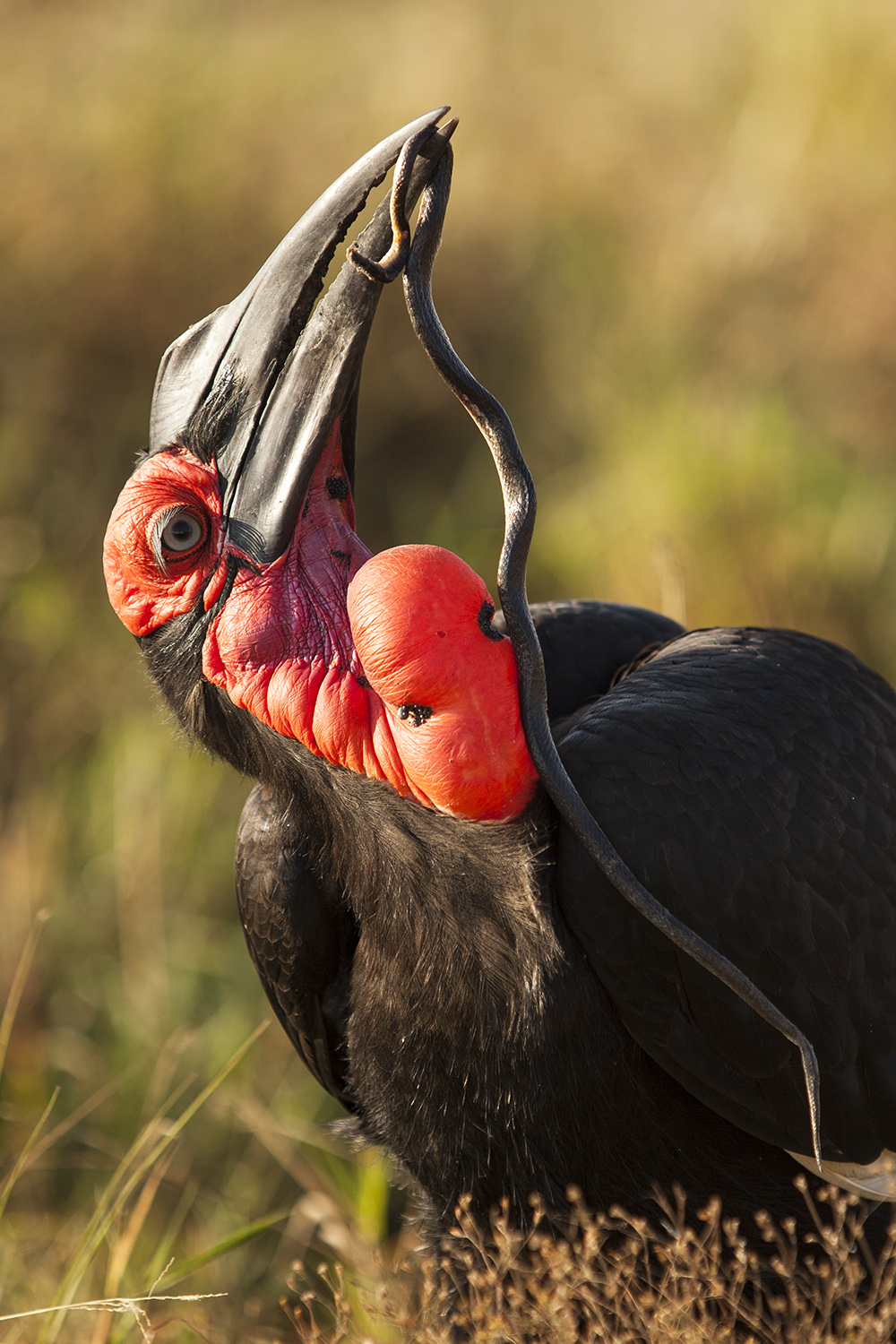
Ground hornbills have always been my favourite birds. It has to do with their family character, their behaviour and their amazing body details. Note the eyelashes! On this occasion one of the resident family members caught a snake and very kindly handed it over to the youngster. You can identify him by his pale yellow facial skin. It will take him (or her) over 4 years to finally achieve the handsome red colour in adult birds. [f 4.0, 1/800, ISO 200, -0.67]

In all my time spent with lions I have never seen one sitting in a tree like this. Such confidence at such a young age. [f 3.5, 1/800, ISO 320]
[f 4.0, 1/6400, ISO 2000, +0.67]
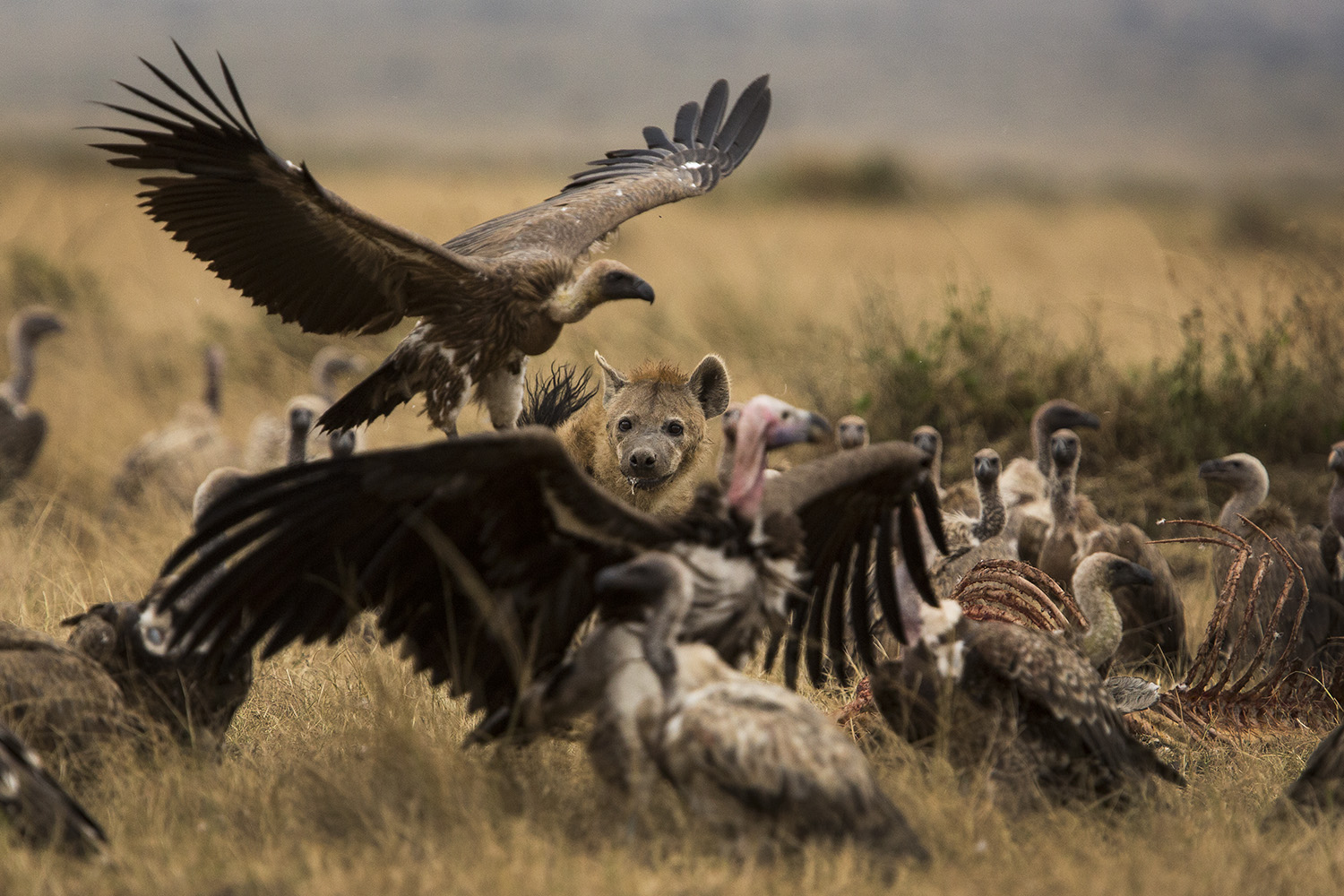
[f 4.0, 1/2500, ISO 1250]
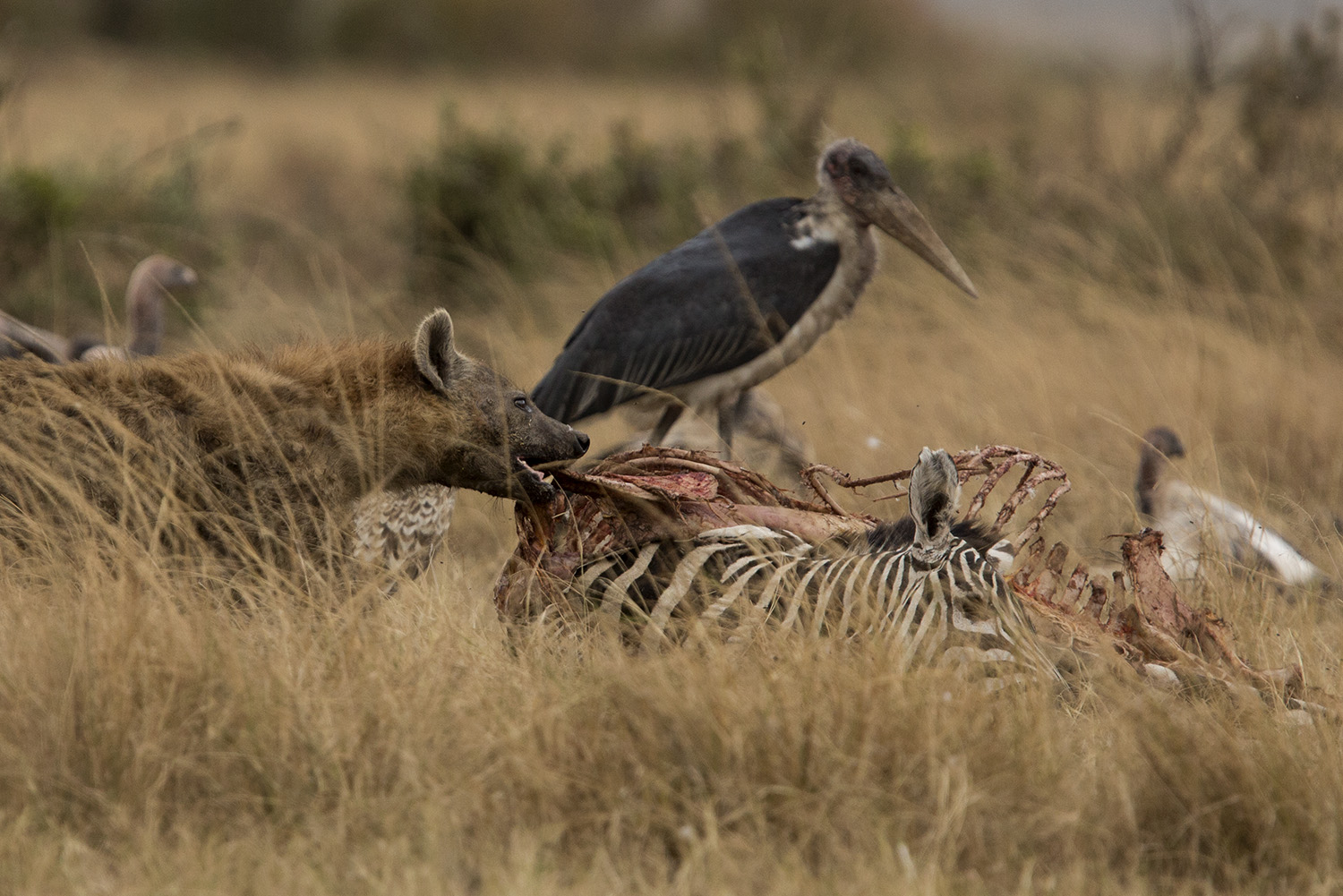
An unfortunate zebra managed to make it through a river crossing alive, but only just. In the process it had its flanks ripped open by crocodiles. It died about 40 yards from the riverbank. First the vultures arrived, and then came the hyenas. The most entertaining four hours then played out as about 100 vultures and marabou storks devoured the free meal whilst being constantly chased away by a large clan of hyena. [f 4.5, 1/1600, ISO 1250, +0.33]
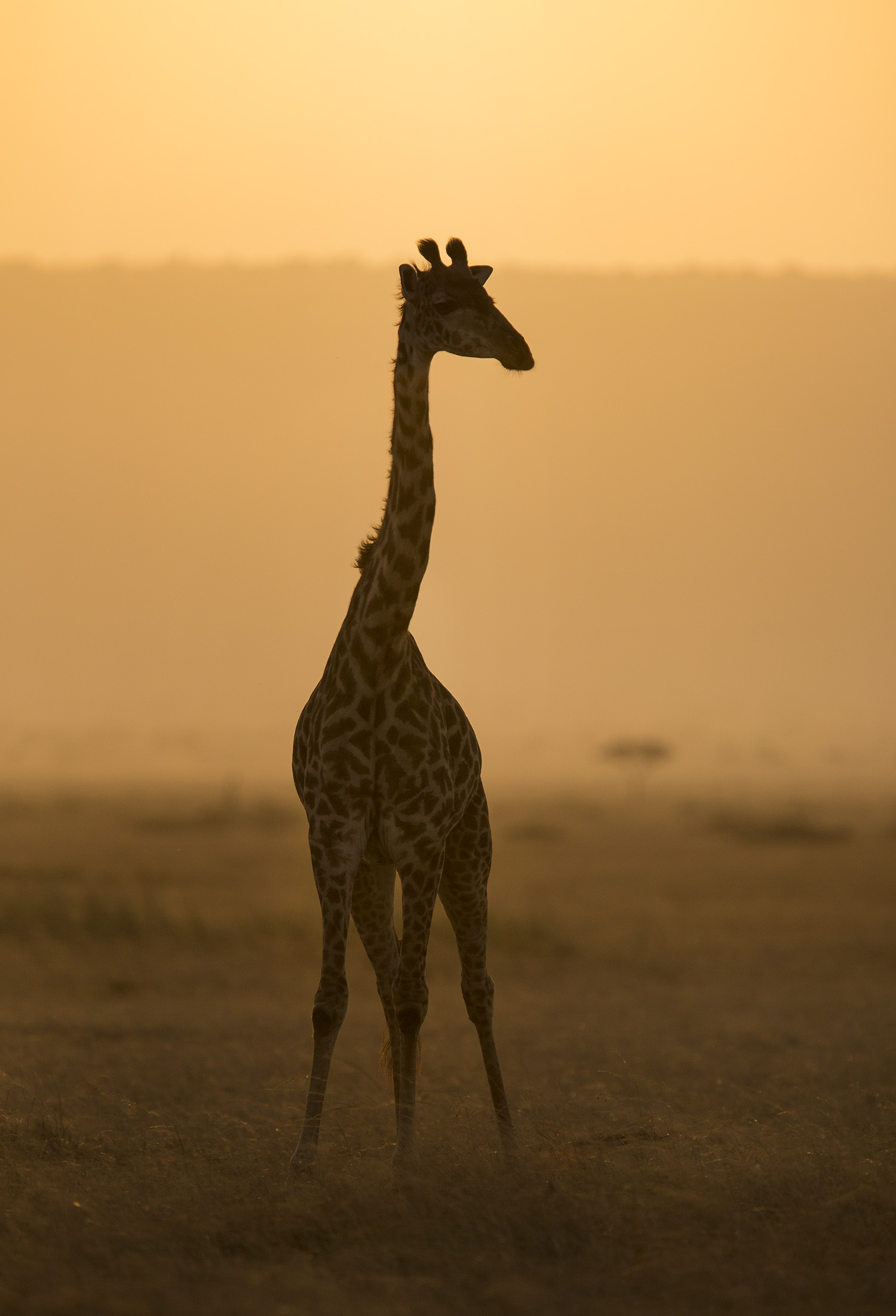
Finishing off with something a little less dramatic and more gentle. The sun sinks below the Oloololo escarpment throwing out golden rays and silhouetting a giraffe. [f 4.0, 1/5000, ISO 400]
TAGGED WITH: Wildlife, Maasai Mara, Safari, Great Migration, Mara Triangle, Wildlife Photography, Lion



COMMENTS (6)
Diana Bell Miller
July 27, 2018Awesome photos I will be at the Wild Eye Mara camp in 3 weeks for the migration, can’t wait. My partner David Mascall and I install the lighting systems on livestock bomas in the Mara. I have never seen a leopard and hope to see one this trip.
REPLYAdam Bannister
July 30, 2018Hello Diana, you are going to have a wonderful time in the Mara. The leopard viewing is always tricky, but there are a good number in the Triangle. To date we have recorded 23 individuals this year alone…
REPLYFrancis Bagbey
July 27, 2018Wish I had your talent for the technical
REPLYand artistic aspects of wildlife photography. Was in the Mara last August with a Nikon D 3400. Always used the Auto feature or the Nikon selected settings like people, mountains, flowers, action, etc. Some good memories of our safari time but nowhere near the quality of your photos. Keep ’em coming for Angama blog readers to admire!
Adam Bannister
July 30, 2018Thanks Francis – very kind to read your words. The truth is not long ago I too used to shoot on fully automatic. It takes time, practise and passion to get your photography to the next level. Stay tuned for more weeks of epic sightings.
REPLYPenny Skehan
July 27, 2018Beautiful photos as usual and I really appreciate the accompanying commentary. This is the next best thing to being there in person!
REPLYAdam Bannister
July 30, 2018Thanks for the kind words Penny. I am glad to hear you enjoy both the pictures and the text.
REPLY